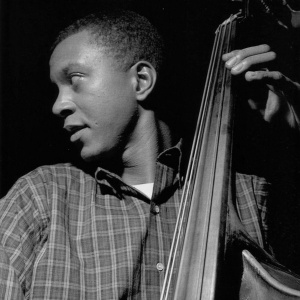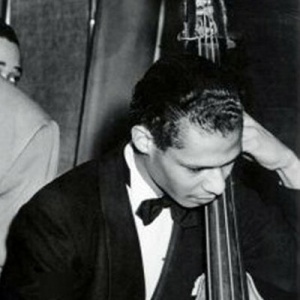What is it for?
"Learn for the Legends of Jazz"
The vocabulary available to any jazz improviser is enormous, ranging from discrete linear and rhythmic patterns less than a measure in length to sizable passages of jazz or non-jazz music quoted within a performance. An individual performer’s frequent recourse to certain “personalized patterns and melodic motives” from this general vocabulary in a variety of improvisational situations further qualifies these elements as part of that player’s solo (or accompaniment) vocabulary. Identifiable mannerisms in phrasing, articulation, tone color, inflections and dynamics are also important vocabulary elements since, as Dobbins points out, “in jazz, the manner in which a musical idea is played is as important as the idea itself.
The process of transcribing recorded performances is an essential part of examining an improviser’s solo (or accompaniment) vocabulary. Jazz musicians have employed this technique since the late 1910s, when the first commercial jazz recordings became available to the public. Lacking any type of study material for the mastery of the jazz style, aspiring players created their own scores of solos (and accompaniment lines) and ensemble passages in order to absorb the various patterns and characteristics of the music as completely as possible. Transcribing improvised performances has become an integral part of most young jazz musicians’ training, whether it is done independently or under the guidance of a teacher or mentor.
The process of transcription involves aural recognition of intervals and rhythms, notated appropriately. In addition to conventional music notation, symbols are often devised to indicate various elements of jazz performance, such as pitch variation (bent or smeared notes) or rhythmic interpretation (i.e., swing feel), that cannot be shown clearly (or at all) using standard notation. The transcriber thus creates a score of an improvisation note by note and is able to determine a performer’s typical linear, rhythmic, and idiomatic devices, and their relationships, visually as well as aurally.
Performing a transcription made by others does not have the same value as doing it yourself, but it can be an excellent tool for memorizing and putting into practice the language of the great masters.
Study well!




 Help
Help Doug Watkins
Doug Watkins
 Jimmy Blanton
Jimmy Blanton